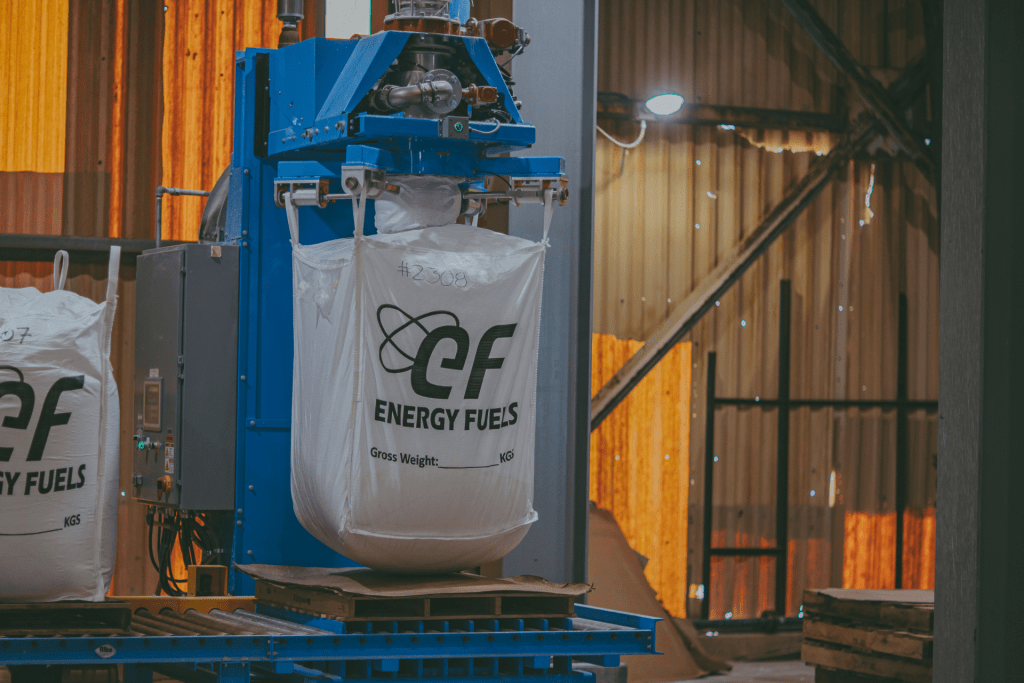The U.S. company Energy Fuels reported that there are 437 nuclear power plants in the world, with data as of January 2024.
Energy Fuels is engaged in the extraction, processing and sale of uranium and the production of vanadium.
While uranium is used in nuclear power plants for carbon- and emission-free electricity generation, vanadium is used in the manufacture of metal alloys and in energy storage batteries.
According to TradeTech data, the world continues to need more uranium than it produces through primary extraction.
The gap between demand and primary supply is being filled by stockpiled inventories and secondary supplies.
Nuclear power plants
What are the main characteristics of nuclear power?
- High energy density, so that a small amount of nuclear material can produce a large amount of energy.
- Nuclear power plants can operate continuously for long periods of time.
- Low environmental impact in terms of greenhouse gas emissions.
- Nuclear power plants are designed with multiple safety barriers to prevent accidents.
- Radioactive waste requires long-term storage and safe management solutions.
- Although these plants require high capital investments, they have relatively low operating costs.
Global production
According to the World Nuclear Association (WNA), all nuclear reactors worldwide require approximately 170.7 million pounds of U3O8 annually in full operation.
Worldwide, there are currently 61 new reactors under construction, 115 additional reactors on order or in the planning stage, and 326 already proposed.
According to the WNA, the United States currently has 93 reactors in operation, one reactor under construction, and an additional 21 reactors on order, planned or proposed.
The U.S. Energy Information Administration (EIA), this nation produced approximately 18.2% of its electricity in 2022 from nuclear technology.
Trends
In 2023, interest in the uranium and nuclear sectors continued to grow substantially, which Energy Fuels believes was driven by these factors:
- Global efforts to reduce carbon emissions and a growing focus on electrification.
- Geopolitical tensions, particularly in relation to the Russian invasion of Ukraine.
- Speculation based on supply and demand fundamentals.

